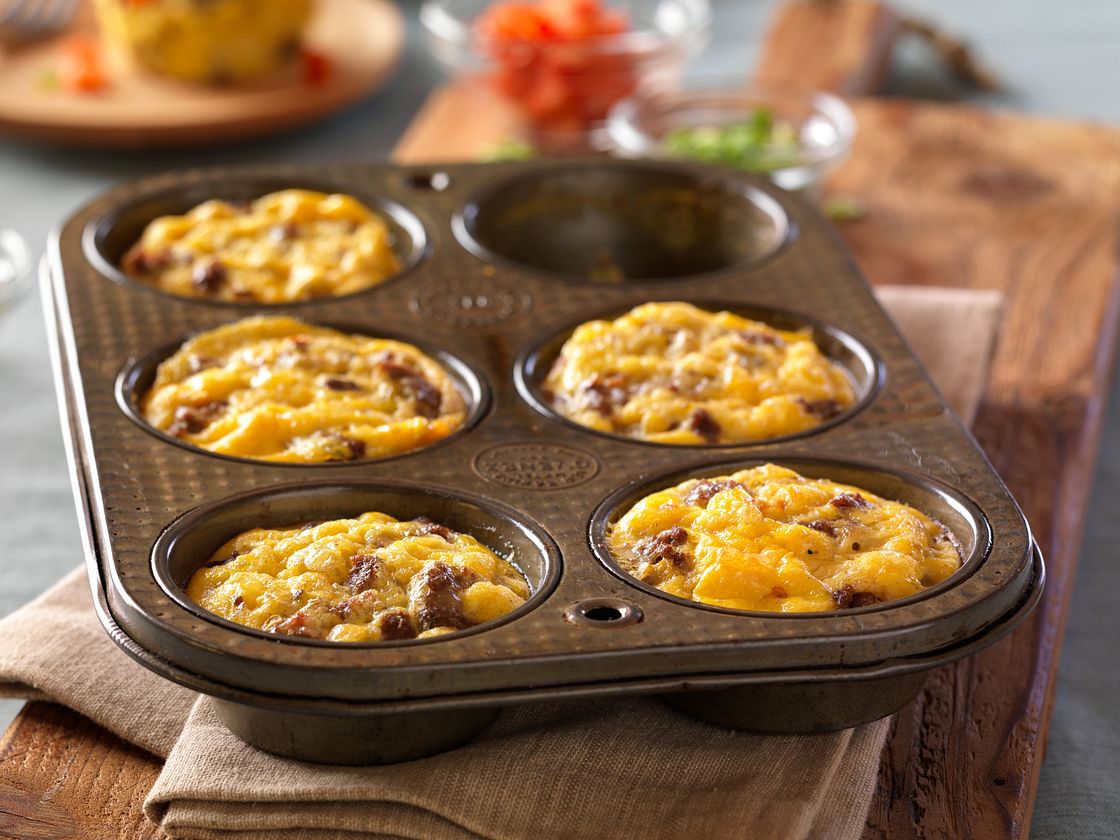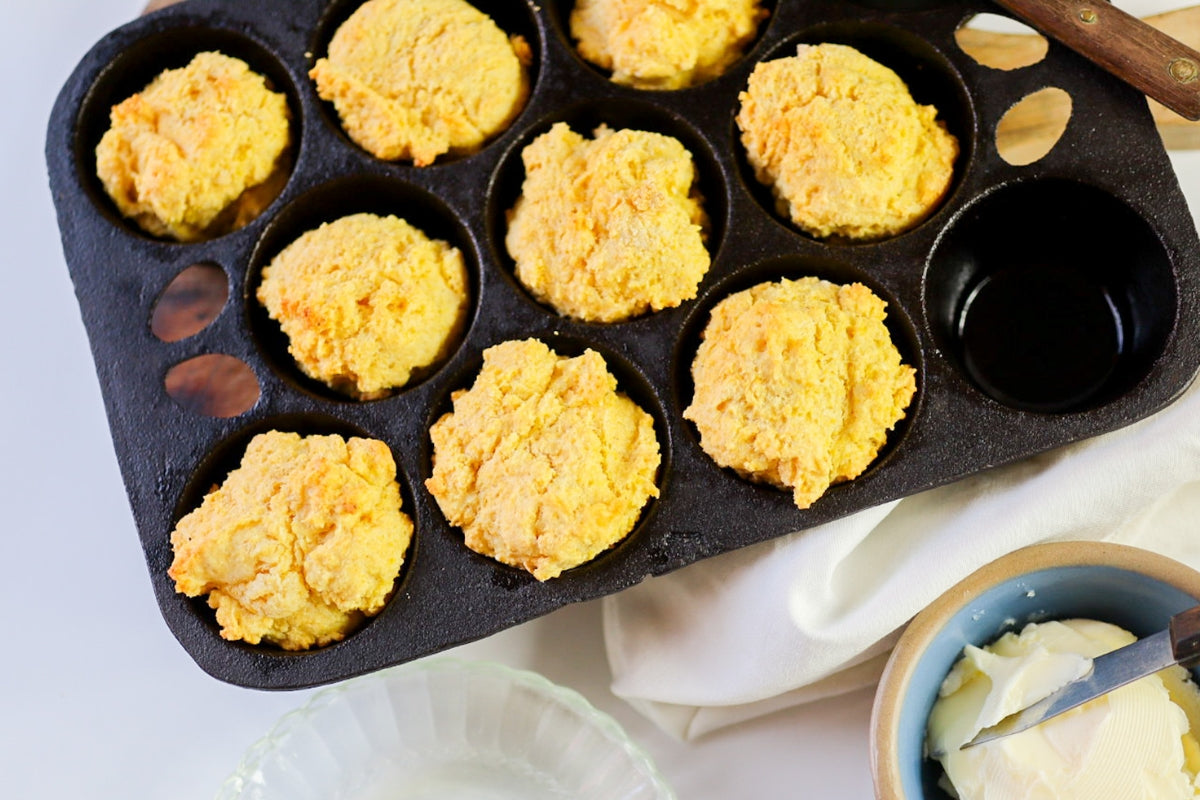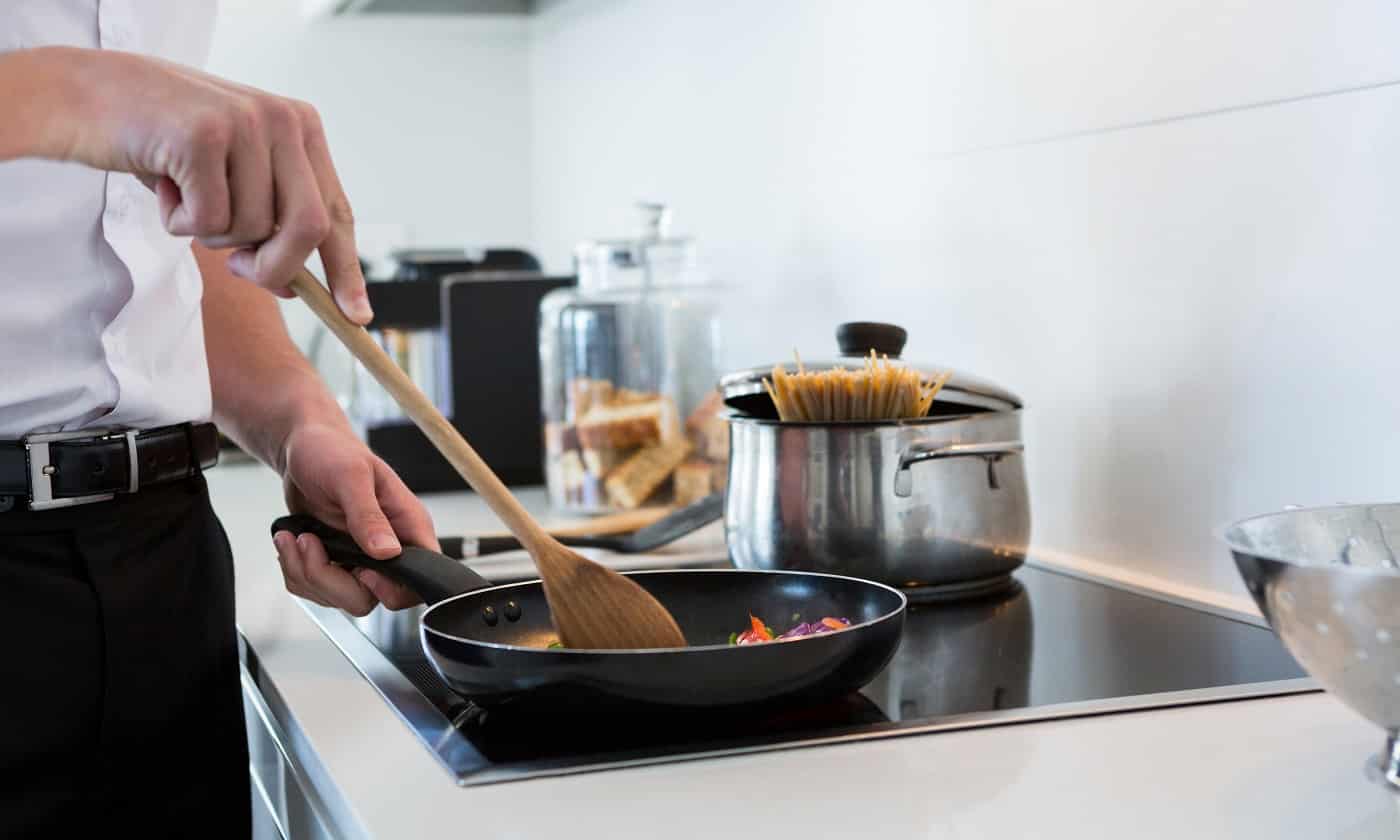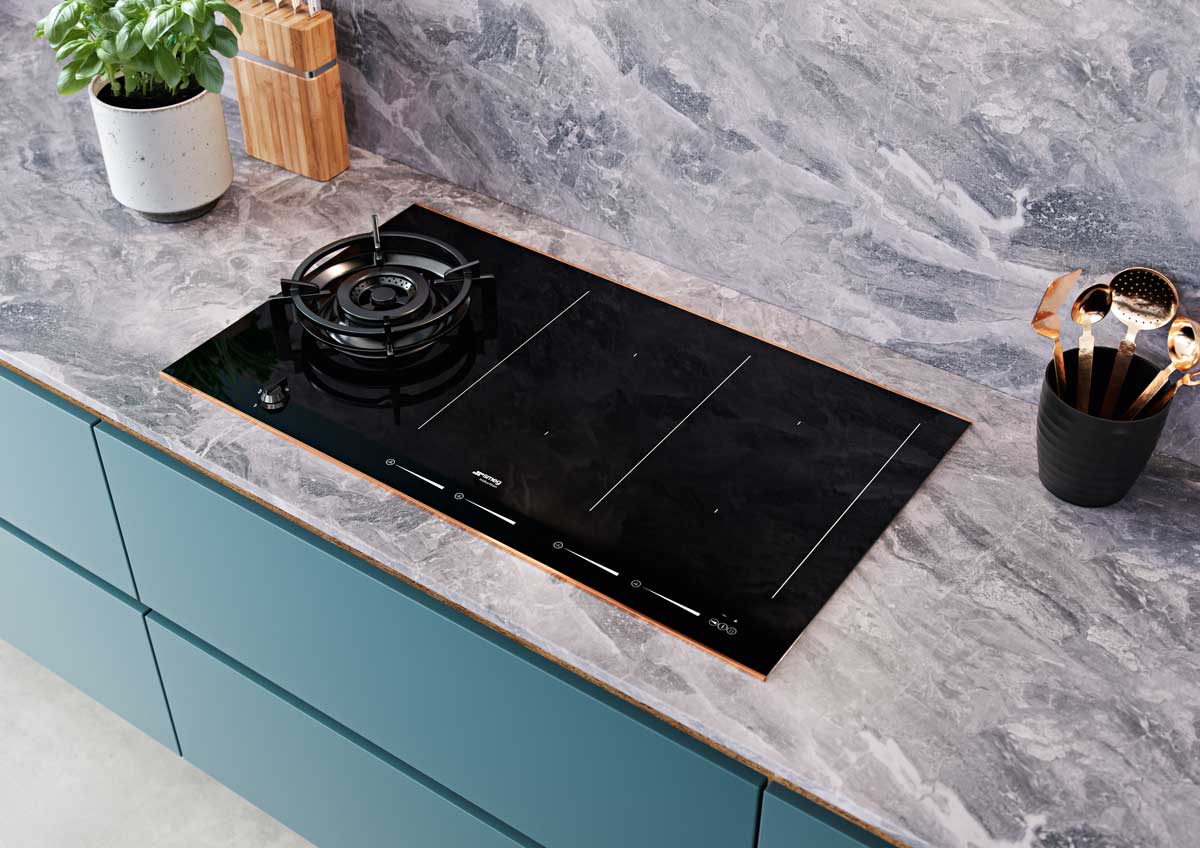In the world of culinary arts, vintage cast iron muffin pans are cherished for their durability and ability to produce perfectly baked goods. However, these prized kitchen tools often require some TLC to maintain their functionality and prolong their lifespan. One essential maintenance task is re-seasoning vintage cast iron muffin pans. This article will guide kitchen professionals through the nuances of re-seasoning, ensuring your pans continue to deliver excellent results.

Understanding the Importance of Re-Seasoning
Re-seasoning is a crucial process that involves restoring the protective layer of oil on the surface of cast iron cookware. This layer not only prevents rust but also enhances the non-stick properties of the pan. Without regular re-seasoning, even the most cherished vintage piece can become unusable.
The Process of Re-Seasoning
Re-seasoning vintage cast iron muffin pans begins with a thorough cleaning. Remove any residual food particles by gently scrubbing the pan with a brush. For a deeper clean, you might want to check out the techniques shared in our article on cleaning brush for cast iron bakeware. Once the pan is clean, dry it completely to prevent rusting.
Next, apply a thin layer of vegetable oil or flaxseed oil across the entire surface of the pan. Be sure to cover every nook and cranny, including the edges. Place the pan upside down in an oven preheated to 375F (190C). Allow it to bake for at least an hour, which will help the oil to polymerize into a solid, protective coating.
For a comprehensive guide on preventing muffins from sticking, our article on why muffins stick to cast iron pan offers valuable insights.
Choosing the Right Oil for Re-Seasoning
The choice of oil plays a significant role in the re-seasoning process. While many oils can be used, some are better suited for the task. Flaxseed oil, for example, is highly recommended for its ability to form a hard, durable coating. This oil is particularly favored by professionals aiming for a long-lasting season.
It's important to note that re-seasoning isn't a one-time task. Regular maintenance will keep your vintage muffin pans performing at their best. For more about maintaining cast iron, our common mistakes with cast iron muffin pans article is a must-read.
Benefits of Re-Seasoning Vintage Cast Iron Muffin Pans
Properly re-seasoned pans offer numerous benefits. They provide an even heat distribution crucial for baking, helping to achieve that perfect muffin rise. Additionally, a well-seasoned pan ensures easy release of baked goods, preserving their aesthetic appeal.
Moreover, re-seasoning extends the life of your cast iron cookware, making it a sustainable choice for professional kitchens. As an added bonus, it enhances the flavor profiles of your dishes, as the oils used in seasoning can subtly infuse into the food.

Troubleshooting Common Re-Seasoning Issues
Even with meticulous care, you might encounter issues during re-seasoning. A common problem is a sticky residue left after baking. This usually occurs when too much oil is applied. To fix this, simply re-bake the pan at a slightly higher temperature.
If rust forms, don't panic. A bit of elbow grease with a steel wool pad can remove the rust, allowing you to restart the re-seasoning process. For more tips on maintaining your muffin pans, visit Martha Stewart's guide.
FAQ Section
Q1: How often should I re-season my vintage cast iron muffin pans?
A1: It's recommended to re-season your pans every few months, or whenever you notice a decline in their non-stick properties.
Q2: Can I use any type of oil for re-seasoning?
A2: While many oils can be used, flaxseed oil is highly recommended due to its ability to create a hard, durable coating.
Q3: What is the best way to store cast iron muffin pans?
A3: Store them in a dry place to prevent rust. It's also a good idea to place a paper towel between stacked pans to absorb any moisture.
For more innovative recipes using muffin pans, check out muffin tin dinners ideas.
This article contains affiliate links. We may earn a commission at no extra cost to you.






Leave a comment
This site is protected by hCaptcha and the hCaptcha Privacy Policy and Terms of Service apply.